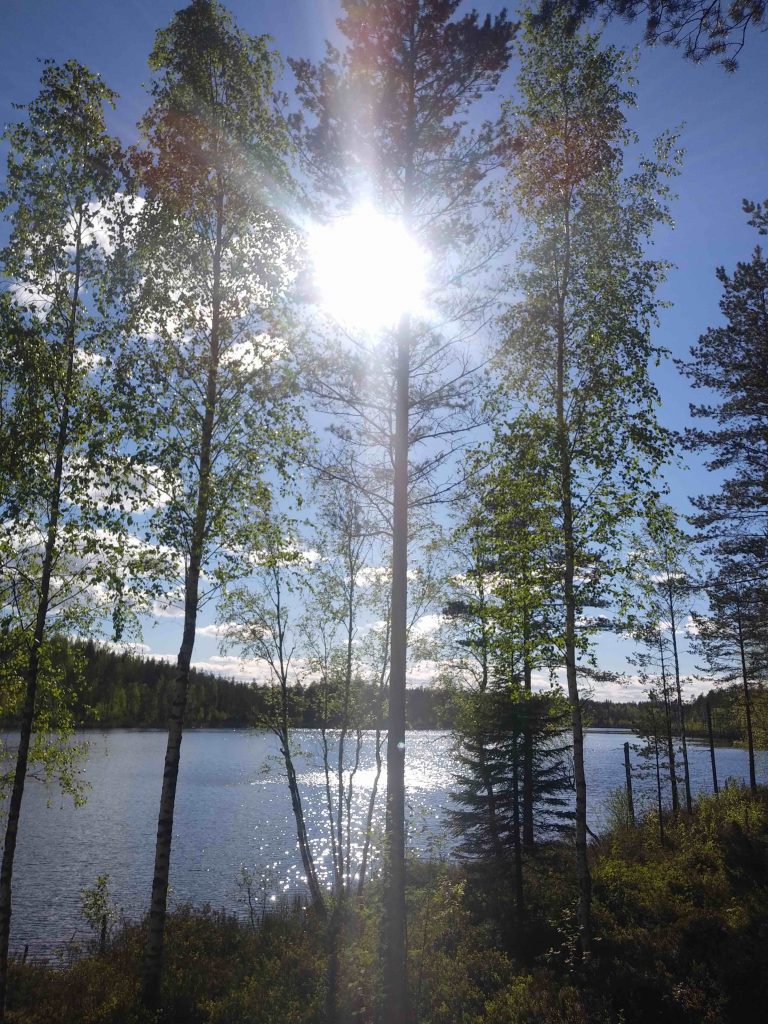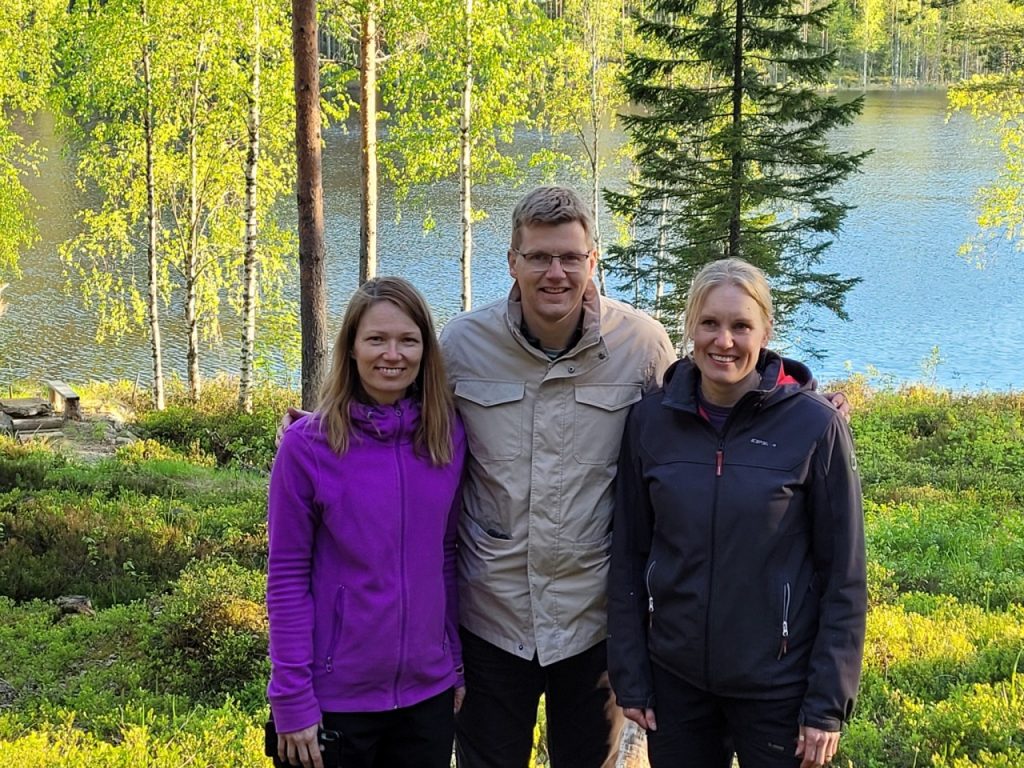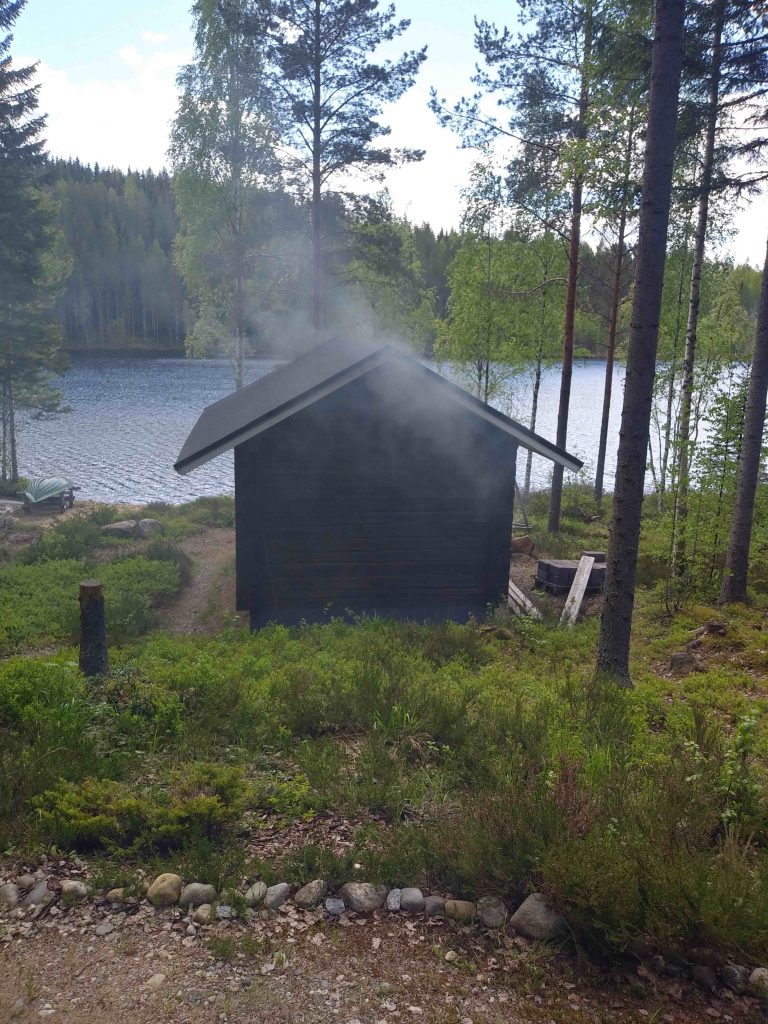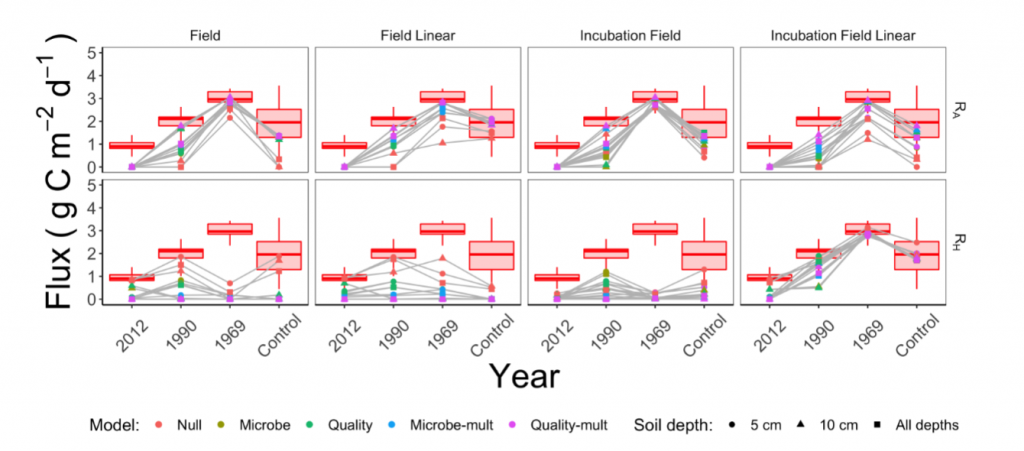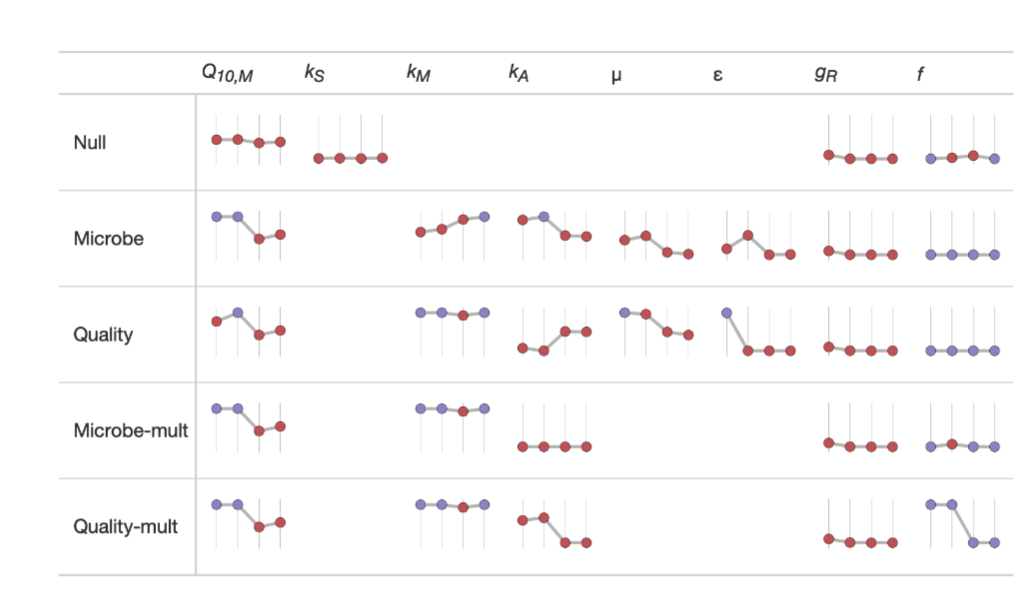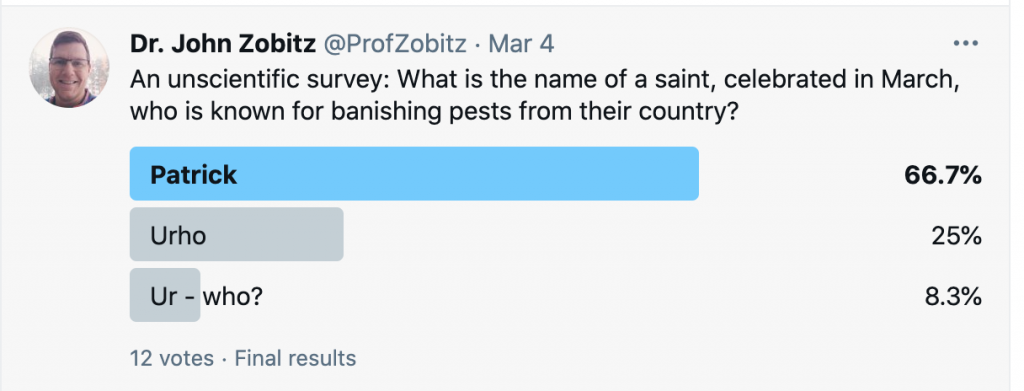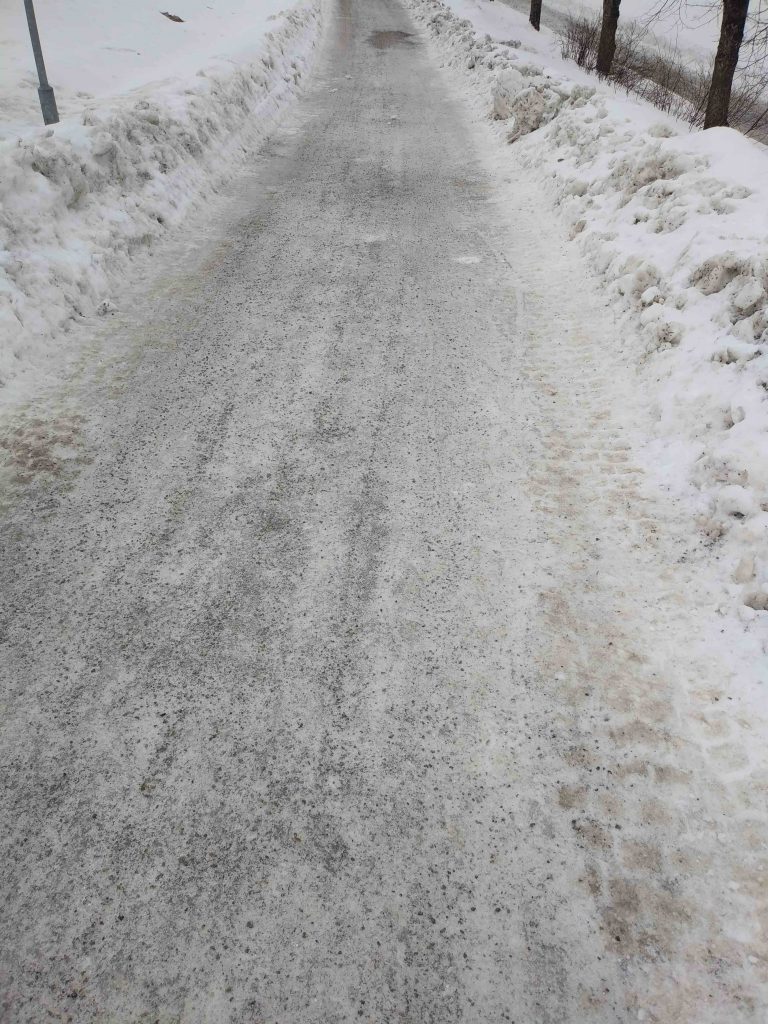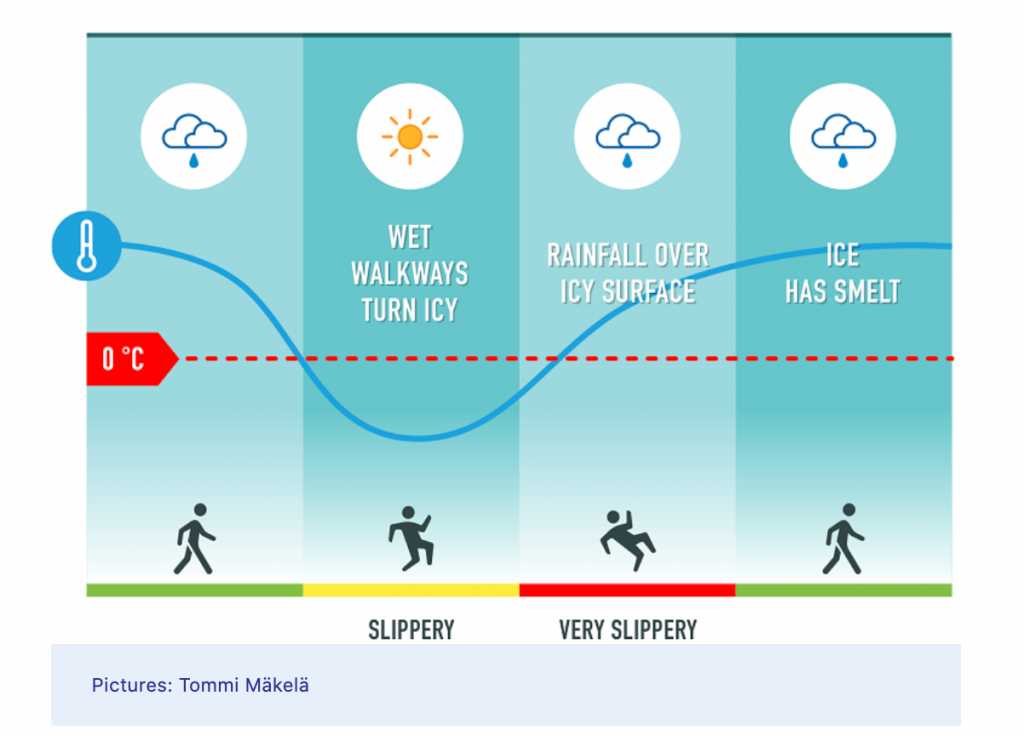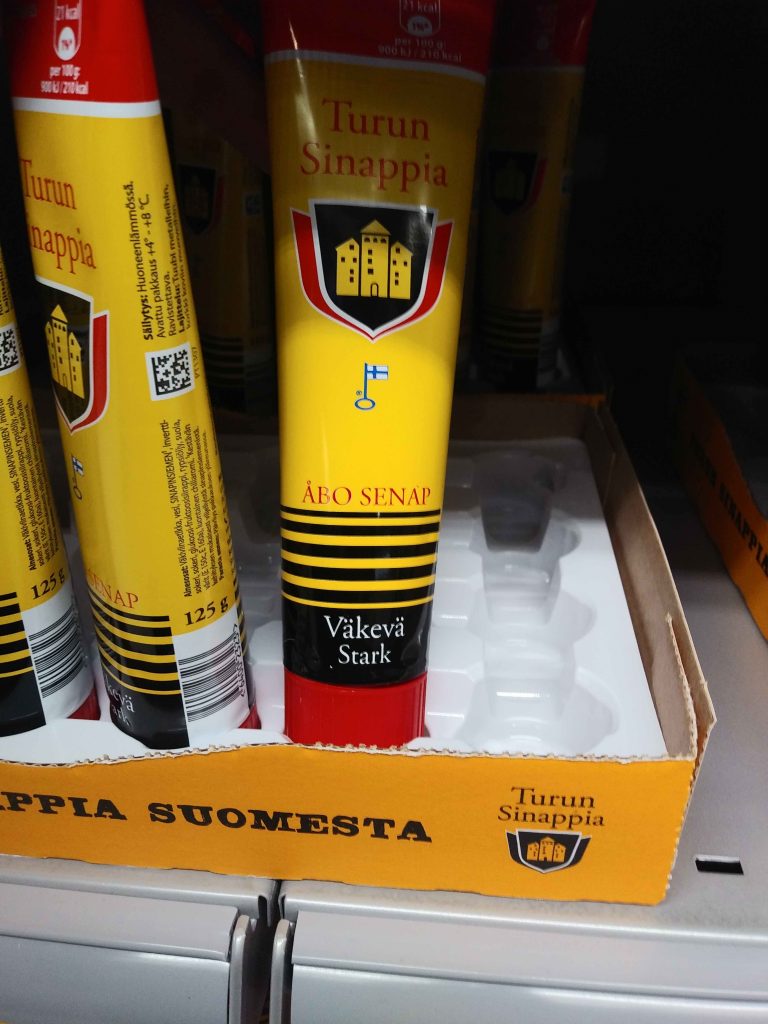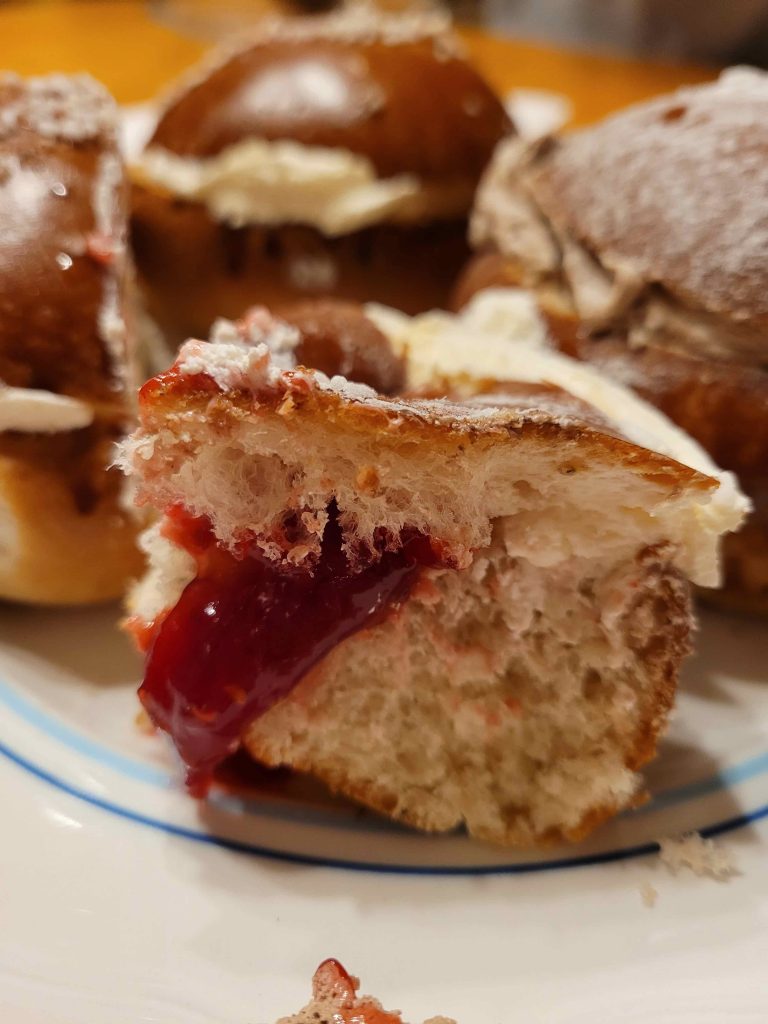We are wrapping up the time in Kuopio and will depart in a week. And so it is appropriate to say kiitos:
Kiitos to the Fulbright Finland Foundation, and the Saastamoinen Foundation for supporting my Fulbright project. I am especially grateful and humbled for this opportunity in the time of COVID. There were so many unknowns for the past 18 months, but to paraphrase the Foundation’s motto: together we shaped the future.

Kiitos to colleagues. Here is a picture of my host Jukka (right) with Frank (another colleague I closely worked with) on the left during a recent excursion to Koli National Park. Kiitos to answering my endless questions and for helping shepherd the project to a submitted paper.
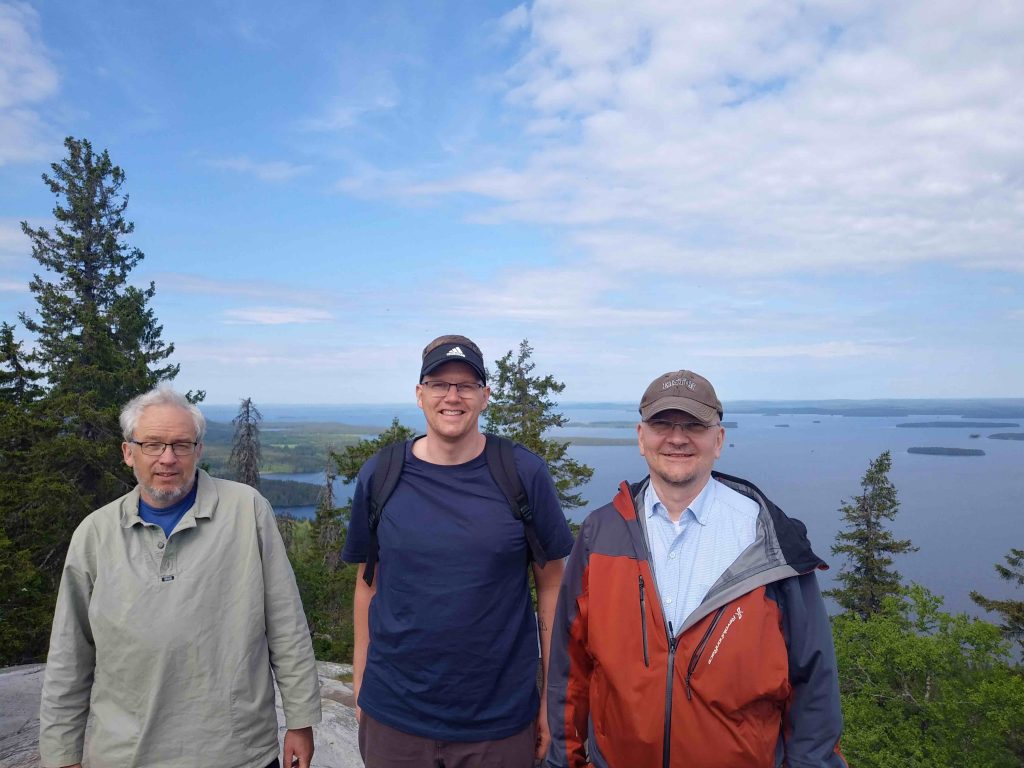
The Biogeomchemistry Group at the University of Eastern Finland has all been so welcoming, kind, and gracious. I can see how you value the whole person – each lab meeting begins with everyone going around and sharing their past week – the good and the bad, the achievements and the struggles, the personal and the academic. These practices support a humane working environment.
My goal for this blog was to document ways that life in Finland are similar and also different from my life in Minnesota. Thank you for reading along, and if I may dispense one last piece of advice: if you are looking for a place to re-invent yourself come to Finland.
Let me state the obvious: winters are cold and dark (and perhaps a tad too long). There are times when I was frustrated by how some aspects of society are unnecessarily complex (don’t ask me how to open up a bank account for example). However there is a very different counterpoint to those two aspects.
Everyone we met was gracious, kind, and welcoming. These contrasts force you lean in to the moment and to and embrace it – they can be ephemeral but they also demand that you lay attention to the moment, as it may soon pass.
We experienced a sense of safety and security (personal, societal, financial) that frankly I have been missing for a long time. There is an innate trust people have in each other.
We are amazed how nature (and access to it) is valued and incorporated into the city design. We didn’t own a car and felt that we could navigate around well for the day to day and the long haul: we traveled the length and width of the country: from Rovaniemi to Espoo; Turku to Joensuu)
These are precious gifts.
And so my final kiitos is to Finland and Finns.
Onward!

